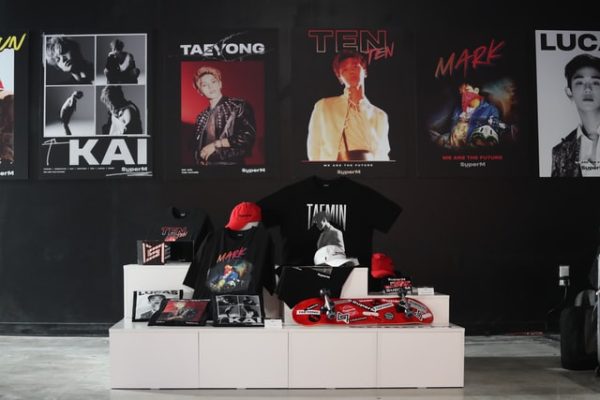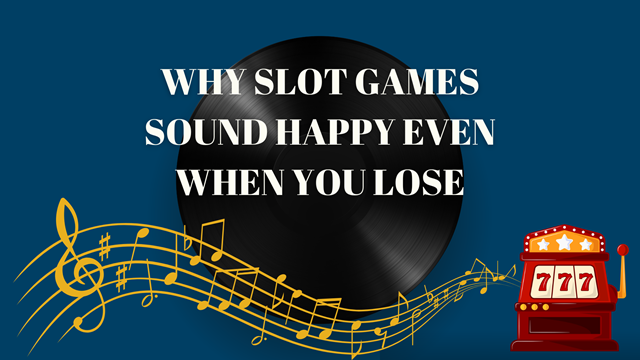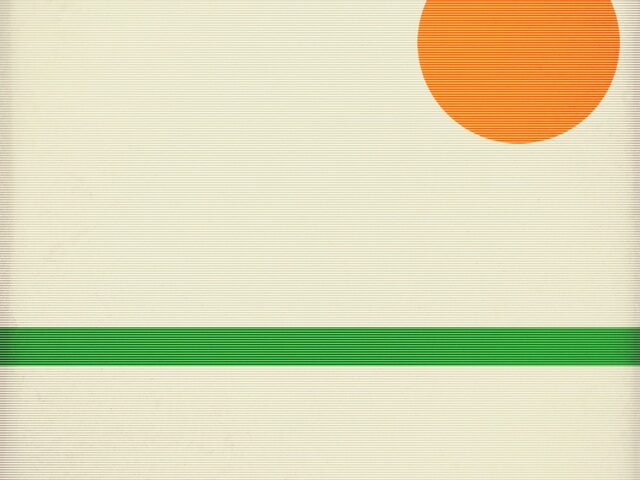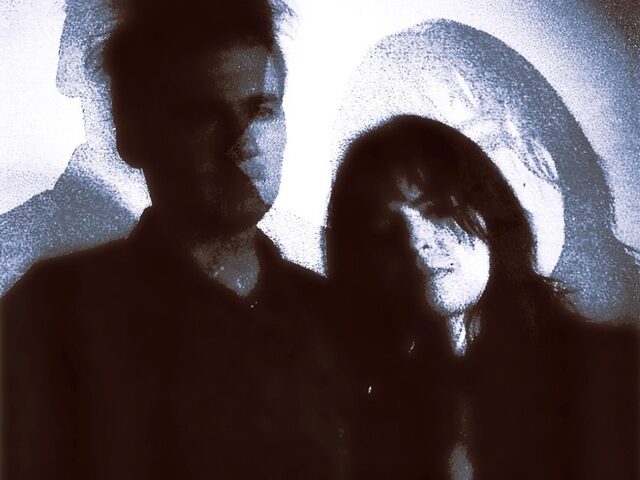
It seems like yesterday when PSY made the whole world dance to Gangnam Style and Gentleman. PSY became a global phenomenon, which introduced K-Pop to the Western world. Many critics, while commenting on the singer, even claimed that PSY was criticizing the bourgeoisie of South Korea. Of course, this was only a way to explain to western civilizations why PSY became such a hit singer. But is this explanation right? Is it enough to justify why K-Pop and J-Pop have seen such an astronomical rise?
What is K-Pop?
K-Pop stands for Korean Pop. Its main characteristics are amazing dances, fun singing, cute aesthetics. But the most important is that K-Pop singers look like anime characters, as many times singers and performers have undergone plastic surgery. K-Pop songs range from sentimental ballads to super-danceable hits. PSY is more of the black sheep of K-Pop, in the sense that he is older than the average K-Pop singer, he is a solo artist, and his songs are satirical, not sentimental.
K-Pop made its first appearance in the 1990s, but it did not become popular until a decade later, with the Korean Wave.
What is J-Pop?
J-Pop stands for Japan Pop. It is less known than K-Pop, but it is its precursor, even its opponent sometimes.
J-Pop has the same characteristics as K-Pop, in terms of the singers’ appearance and of the dance bits. In addition, both genres have lyrics in either Korean or Japanese, with a few English words to make them look cooler.
How did the two genres become so popular?
The history of their success leads us back to the 1980s and 1990s. It was when the Japanese economy boomed, after the Pacific War. So did its music industry. Japan successfully exported J-Pop to its neighboring countries. China, Singapore, Hong Kong, all accepted this new genre as a way to familiarize themselves with their formerly imperialistic opponent.
J-Pop’s success
J-Pop was managed very well by the country’s music agencies. They promoted the genre in a very structured way, which made it easier for people to love this new music genre. The Japanese population are known for being fanatical (not just about music, take local brands like Mystino as a different example) and when you create an exciting and easy-to-digest package, then hysteria will follow. Until today, J-Pop singers are not just that. In fact, they are performers. They are very capable dancers, who appear in all sorts of shows, from soap operas to cooking TV programs.
Some of the most famous J-Pop idols were Wink and SMAP. They made the genre what it is today, by creating exciting music and gathering fans all around Asia.
The rivalry with Korea
However, Korea did not buy this new music genre, specifically because it came from Japan. The two countries had a long history of hostility. So, Korea restricted the imports of Japanese goods, including music.
However, Korea started developing its own music industry. SM Entertainment was the agency that helped K-Pop rise back in the day. It promoted bands such as H.O.T. and Taiji, and Koreans were actually fighting outside the music store to buy their albums.
K-Pop and J-Pop today
The two genres are very similar to each other. They both have tried from the 1990s up to today to take over the art and music industry, and they have succeeded. No one can resist the influence of the songs, nor the extraterrestrial beauty of the singers. We are all hooked.





